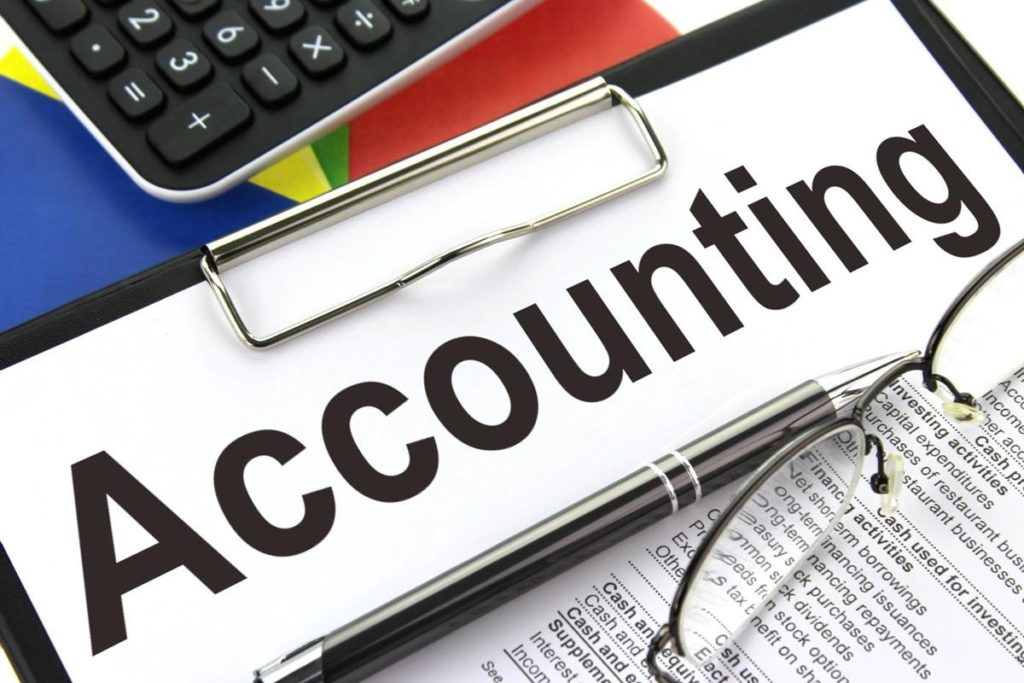Restaurants are a classic example of a hybrid business model. They offer a mix of products and services for their customers.
The meals served by a restaurant are its product. It must be of reasonably good quality and competitively priced to attract customers. The service component includes cooking quality, the restaurant atmosphere, sitting arrangement, and the host’s interaction with the customers.
In order to run a restaurant successfully, a business needs skilled and trained staff as well as good management practices.
Accounting for inventory is important as the business relies on perishable goods. Timely wage payment and staff incentives affect employee motivation, boosting customer service standards. Adequate maintenance of the dining facility is also important and management must monitor the operations closely.
6 Basic Accounting Requirements for Restaurant

Understanding and fulfilling the proper accounting requirements for your restaurant will help you run a successful establishment. Here are some of the basics that you must keep in mind.
1. Ledger Accounts
As the restaurant owner or manager, you must design and be aware of the chart of accounts you are using for the business.
The chart must contain all the relevant and important heads of accounts that are used for running your business.
2. Assets, Liabilities, and Capital
The chart of accounts includes assets, liabilities, and capital. Assets are items owned by your business, such as the building, furniture, cooking appliances, and groceries, etc. Liabilities are items that you have borrowed from others to run your business.
If you are renting the place, for example, the rent that you owe the landlord at the start of each year is a liability. If you have taken a loan to run the place, both the loan and any accrued interest is a liability. Capital is the money that you have invested in the business.
3. Income and Expenses
There are two more heads of accounts; income and expenses. Income is any revenue that you generate from running your business.
For instance, every time you serve a meal it must be recorded as income. If you spend money on buying groceries or pay your workers, it is considered an expense.
In order to run a restaurant business successfully, your income must exceed your expenses for a given period of time.
4. Issues in Generating Revenue and Pricing
The food price that a restaurant should charge for its meals is a major concern in restaurant accounting. The cost of a single meal mustn’t just cover the cost of the ingredients used in preparing it.
The cost must also cover the cost of the kitchen staff, servers, utilities, and rent. It must also cover the cost of any wasted inventory, marketing, and admin expenses.
This is where the cost-to-sales margin comes in. A good area to aim for is from 20% – 40% cost-t0-sales price. That means that if it costs you $2 to prepare a meal, you should charge around $5 – $10 for the meal.
Of course, the price can be different depending on whether you offer fine dining or just have a takeaway business. With a takeaway, you don’t have to spend money on servers or seating arrangement and you may still run it profitably without charging a higher price.
5. Accounting for Perishable Food Purchases
Raw material wastage is an inherent part of restaurant businesses. Let’s say you buy daily groceries of $100 each day. It would not be surprising if $10- $20 worth of your ingredients go to waste due to lower demand or spoilage each day.
There are two ways to account for wasted goods. You can either charge the whole purchase of $100 to your cost of goods sold, or you can only charge the $80 that was actually spent on preparing the meals and recognize $20 waste as a separate head of account.
The first method offers simplicity and easier to record. It is used by many restaurant businesses. The second method is considered a true reflection of what’s actually going on with your costs and allows you to adopt measures to reduce wastage. However, this method takes time and it is up to you a restaurant manager, to choose which method serves you best.
6. Restaurant Accounting Software
Making the lives of restaurant owners easier, restaurant accounting software allows you to record revenue and expenses directly into the ledger and automates employee salary management. If you run multiple restaurants, cloud connectivity helps you run a single centralized ledger at different facilities.
A restaurant accounting software also makes it easier for you to prepare tax returns and understand your business situation quickly at a glance.
Read Also:
- 4 Hacks to Smoothly Don Your Restropreneur Hat
- 6 Mind-Blowing Food Packaging Ideas For Your Restaurant
Author: Cathy Carter














